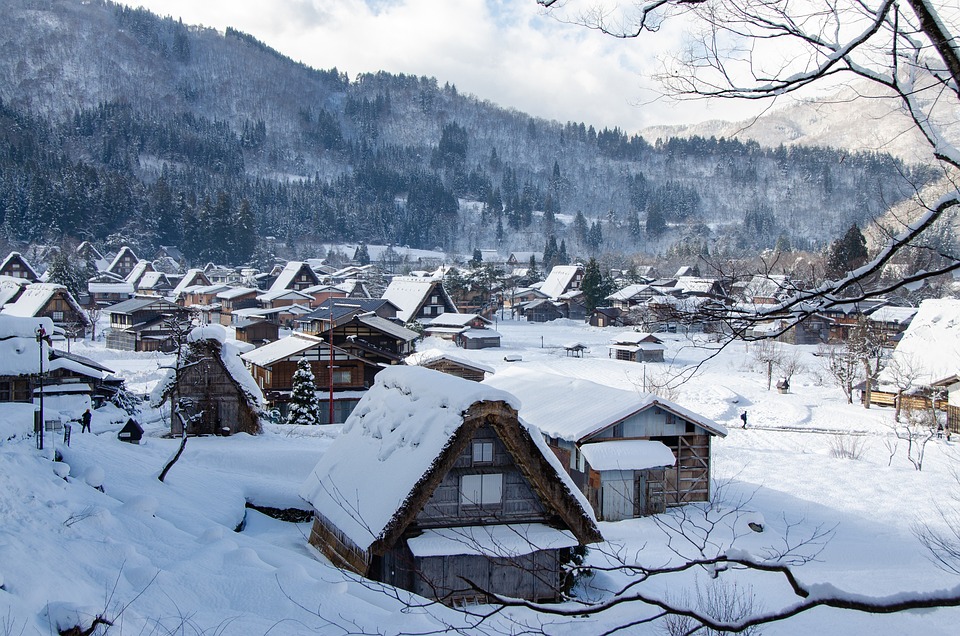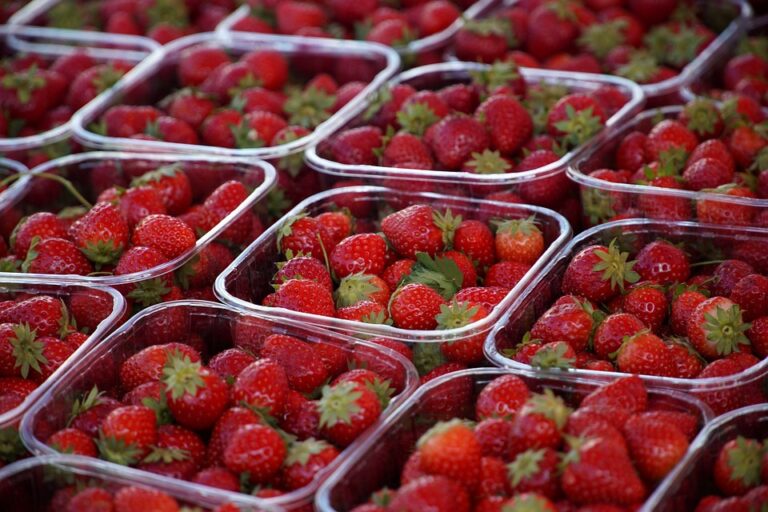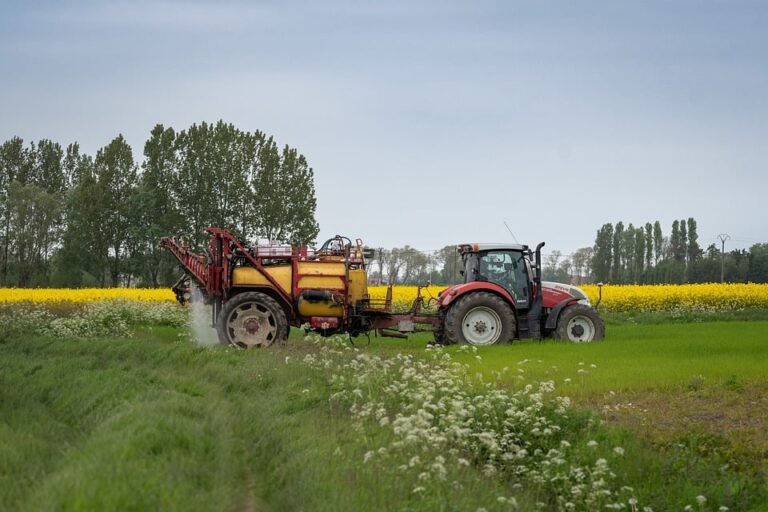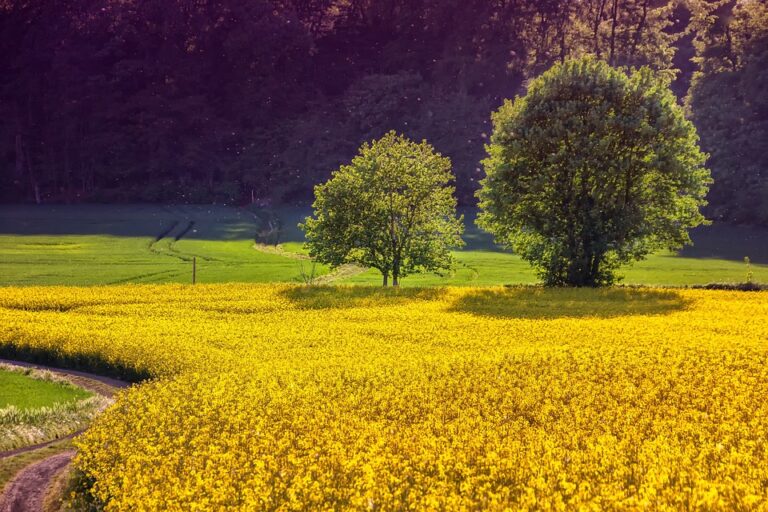Russian Village Traditions: A Closer Look at Time-Honored Practices and Customs
Life in a Russian village is a unique experience, filled with rich traditions that have been passed down through generations. From celebrating holidays to daily routines, village life is steeped in customs that are unlike any other. Let’s take a closer look at some of the most time-honored practices and customs in Russian villages.
Holidays and Festivals
Russian villages are known for their vibrant celebrations of holidays and festivals. One of the most important holidays in Russian villages is Maslenitsa, a week-long festival that marks the end of winter and the beginning of spring. During Maslenitsa, villagers gather to eat blini (traditional Russian pancakes) and take part in games and festivities. Another important holiday is Easter, which is celebrated with church services, feasting, and the decorating of eggs.
Other popular festivals in Russian villages include Ivan Kupala, a summer solstice celebration that involves bonfires, jumping over fires, and the weaving of flower wreaths. Village fairs are also common, where villagers come together to trade goods, socialize, and enjoy entertainment such as music and dancing.
Folklore and Superstitions
Russian villages are steeped in folklore and superstitions that have been passed down through generations. One common superstition is the belief in house spirits, known as domovoi, who are said to protect the home and its inhabitants. Villagers often leave offerings for the domovoi, such as bread and salt, to ensure their continued protection.
Another popular superstition is the belief in the evil eye, which is said to bring bad luck or misfortune. To ward off the evil eye, villagers may wear protective charms or perform rituals such as spitting over their shoulder. Superstitions surrounding animals are also common, with black cats and crows often seen as omens of bad luck.
Food and Drink
Food plays a central role in Russian village life, with traditional dishes and recipes passed down through generations. One common staple in Russian villages is borscht, a hearty soup made with beets, cabbage, and meat. Other popular dishes include pelmeni (dumplings), blini (pancakes), and kasha (buckwheat porridge).
Alcohol also plays a significant role in Russian village culture, with homemade vodka being a common beverage served at celebrations and gatherings. Villagers often take great pride in their homemade vodka, which is typically made using traditional methods and recipes passed down through families.
Arts and Crafts
Russian villages are known for their rich tradition of arts and crafts, with many villagers skilled in traditional techniques such as embroidery, wood carving, and pottery. One popular craft in Russian villages is rug weaving, with villagers creating intricate designs using colorful threads and traditional patterns.
Wood carving is another popular craft in Russian villages, with artisans creating beautiful carvings of animals, people, and religious symbols. These carvings are often used to decorate homes, churches, and other buildings in the village.
Religion and Beliefs
Religion plays a central role in Russian village life, with the Russian Orthodox Church being the predominant religious institution in many villages. Villagers often attend church services regularly, observing holidays and traditions that are deeply rooted in the Orthodox faith.
Icons play a significant role in Russian village religious practices, with villagers often displaying icons in their homes and churches. Many villages also have a chapel or church dedicated to a specific saint, where villagers gather for services and religious ceremonies.
Conclusion
Russian village traditions are a testament to the rich cultural heritage of the Russian people. From holidays and festivals to superstitions and crafts, village life is steeped in customs that have been passed down through generations. By preserving these time-honored practices and customs, Russian villagers are able to maintain a connection to their past and a sense of community that is truly unique.
Whether celebrating Maslenitsa with a feast of blini, weaving flower wreaths for Ivan Kupala, or attending church services in a village chapel, the traditions of Russian villages continue to play a vital role in the lives of villagers today. It is through these customs and practices that the rich tapestry of Russian village life is woven, creating a vibrant and diverse culture that is truly a treasure to behold.





